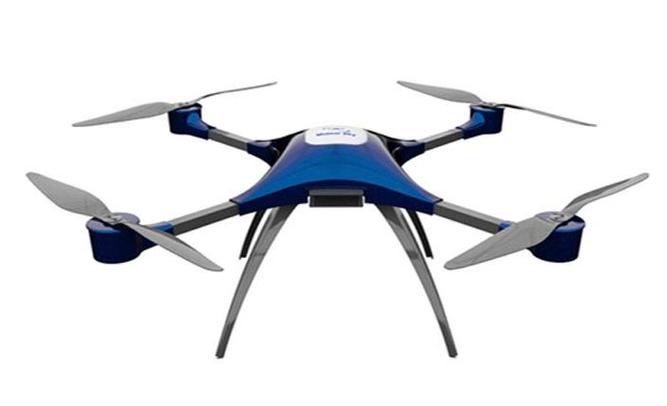History and Development
Drones have a fascinating trajectory. Initially developed for military purposes, their evolution has seen them transition into commercial and recreational realms. Early drones were cumbersome and primarily used for reconnaissance missions, but technological advancements have made them lighter, more manageable, and accessible to the public.
Components and Functionality
The key components of a drone include the frame, motor, propellers, battery, and onboard systems. The frame is usually lightweight yet durable, enabling flight stability. Engines power propellers, which provide the necessary thrust to lift off and maneuver. Batteries fuel these mechanisms, dictating flight duration. Onboard systems comprise navigation and communication tools, ensuring precise control and data collection. So, drone what is integral for its function? It’s these components working harmoniously together.

Drones are revolutionizing sectors such as agriculture, real estate, and entertainment. In agriculture, drones assist in crop monitoring and spraying, enhancing precision farming techniques. Real estate agents use aerial photography to showcase properties, while filmmakers capture breathtaking scenes from the air. Environmental monitoring also benefits by using drones for wildlife surveys and environmental health assessments.
Regulations and Safety
The rapid proliferation of drones has led to stringent regulations to ensure safe skies. Governing bodies like the FAA have set rules about flying zones, altitude limitations, and operational permits. It’s essential for users to adhere to these regulations to avoid legal issues and ensure safety for both operators and the public.
Future Trends
What does the future hold for drone technology? With advancements in AI, drones are expected to offer enhanced autonomous capabilities, performing complex tasks without human intervention. Delivery services are ready to take a leap, offering fast and efficient transport of goods over short distances. As technology evolves, drones will become even more integral to everyday life.
FAQs
How do drones stay stable during flight?
Stability is achieved through a combination of gyro sensors, accelerometers, and GPS systems that allow drones to maintain balance and resist external forces like wind.
Can drones be used for underwater exploration?
Currently, drones are designed for airborne use; however, there are specialized underwater drones designed to explore aquatic environments.

Do drones require a license to operate?
In many countries, drones over a certain weight or used for commercial purposes require registration and a license to ensure safe and regulated operations.